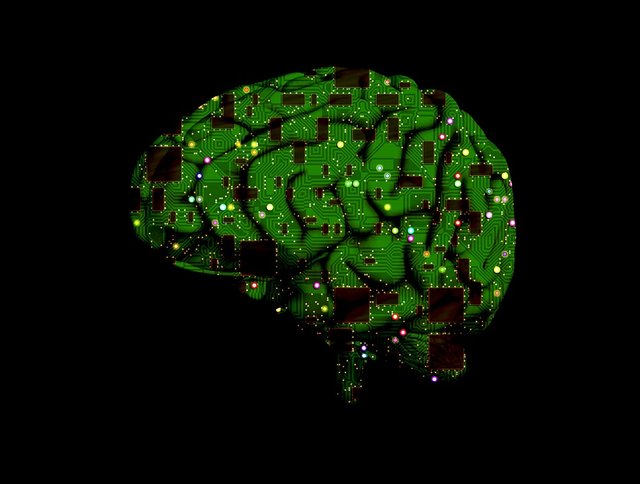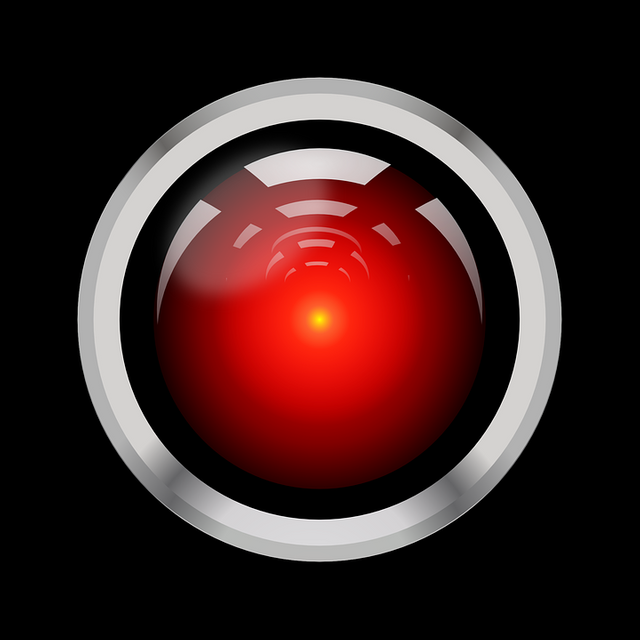Machines, brains and science - Random thoughts about random neural interactions (crazy!) - PART 1
A forced explanation cornered by neuroscience and Machine Learning
INTRO
- Just for a moment, lets leave sciences and that Universe and lets stop by a simple mental abstraction. Think about someone solving a tedious math division with nothing but paper and pencil. We intuitively believe that some cognitive act must be happening in the brain. Yet, this is not so evident. Because, if it did, what are the paper and pencil for? The attention reads the numbers in a logic order, observing the written method. The pencil testifies the partial results ("six, there's one left, I write it down small on the side”). Can we claim that the calculation is done in the brain? Or is the paper, in that moment part of the brain as material manifestation? What about the mind? Is memory a mental trait?
- On the other side, obviously, to know something it is not imperative to "know it" by being able to express it with words. Nobody explains how do babies recognize faces, neither how do they probably use the Theory of Language to learn how to speak (many would love for that to never happen!). 25 centuries ago, Socrates tortured Athenians with long interrogatories where the result was that, even when they knew themselves being able to recognize a fair of beautiful act when they saw it, they were not able to describe it! The biggest problem with non-spoken knowledge is that we are unable to transmit it (Just ask Hussain Bolt to chat explaining how does he run and win a race, and then try copying the chat log when you run, to prove this).
- Not long ago, the scientific explanation was some sort of reasoning in our minds with a "verbose" mode "on" and in the worst of the cases, using the pencil and paper as walking aids. What happens, instead, when we are unable to learn something, but we can build a machine that can learn how to do it? The use of computers to accomplish tasks has no big difference with the use of a pencil or an abacus. The difference resides in the fact that this "notebook" has more pages than a whole library and the pieces of the abacus are millions of times slower than at the PC (or our brain!). We cannot or want to follow those moves with our eyes. We place a blind confidence in the rules we imposed over the machine. Believing that they will comply with the instructions that were given to them. So that our small, slow minds may rest while they do all the hard work.
- We do not possess a "spam theory" (even when we are able to recognize it when we see it). But it is not needed. The computer does not have it, yet it learns how to protect us from that rain of fraudulent offers, promotions and shady URL shorteners. Facebook recognizes our friends when we upload a picture and Netflix recommends us movies we may like. None of these things seem to annoy us, but it itches in Science when a computer is able to identify a structure in experimental data in a way that absolutely overwhelms our mental, memory, hand eye coordination and even creativity.
- The interesting part is that, in a way, the method a computer uses to learn can perhaps not always remain as the method we use. In the case of facial recognition, we were (until recent years) the absolute champions of the task against a computer. Some algorithms that computers use today for this learn inspired by a cartoonish representation of our visual cortex's arrangement, with elements that resemble neurons, learning rules that rearrange the connections among themselves and a selective organization of the processing layers; day by day; more selective and similar to the respective areas of our brain. Anyways, the similarities end there. Unlike us, these neural networks require gigantic databases of sampled tags to learn how to recognize a new object, while we only need a single image to recognize a "transformer" from another one, and remember it. Perhaps, the moment where we believe that an abyss sets us apart from the machine: we reveal the biasing and errors. When we ask Google's facial recognition software to produce (dream) a weight, this one appears (mostly) held by a human arm: It seems like the system never saw a weight holding itself. Obviously, recognizing objects requires something else than "tagging" and indexing images.
"Cybernetics: (Or Control and Communication in the Animal and the Machine)", is an outstanding book where Nobert Wiener gave a name to a discipline by the first half of the 20th century. In it, the charismatic little man expresses that the best science is the reflection of the technological challenges of its contemporary times. His, was an era of information existing by the separation of a signal that controls a mechanism and the power that provides the energy. This is, at the same time the conceptual separation that became usual as a revolutionary technology became available in that time: The Transistor. Today, transistors became infinitely smaller and numerous (there's 2 thousand million in an iPhone 6 chip). We are no longer worried about how to transmit information around the globe, today we worry about how to access that information and get "what we want" from it in an understandable way.

The location of thought
ADRIAN DENNIS/AFP/GETTY IMAGES


Well, this extended a bit, I'm forced to cut it in parts!
Upcoming:
• Machine Learning
• Reinterpretation of Sciences
• The Irony behind all of this
• The future of AI's merging with Scientific development and Brain studies
If you liked this post and its informal way of talking about sciences, please, follow me for more!
Leave a comment either for good or for bad reviews. I take everything as constructive, and I really appreciate the feedback, even from trolls (at least a troll read it before being himself!).
Copyrights:
All the previously used images are of my authory or under a CC0 license (Source: pixabay), unless openly stated.
All the Images created by me possess a WTFPL licencing and they are free to redistribute, share, copy, paste, modify, sell, crop, paste, clone in whatever way you want.
